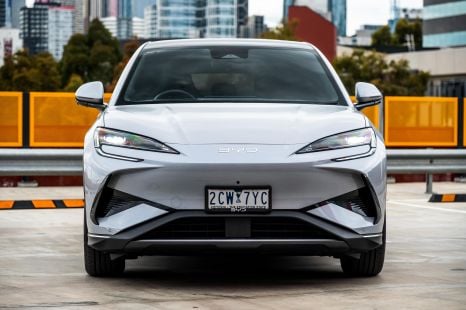

James Wong
2026 BYD Sealion 7 review
1 Hour Ago

Senior Road Tester
While Chinese-owned, British-founded brand MG might be better known for producing affordable vehicles these days, it’s also readying a couple of luxury battery electric models for international markets with chassis development by WAE Technologies.
The firm was previously known as Williams Advanced Engineering, and is an off-shoot of the Williams F1 team that’s owned by Australian mining giant Fortescue Metals Group.
For the Chinese domestic market, MG owner SAIC Motor markets the luxury LS7 SUV and L7 sedan under its IM (Intelligence In Motion) brand, while it offers the upscale F7 sedan under its Rising brand.
Australia is unlikely to get all three, but the mid-size SUV (LS7) and large sedan (L7) are all but earmarked for Australia, where they’ll wear MG branding.
The official word is they’re under “strong consideration” for our market. They’re due here late in 2025.
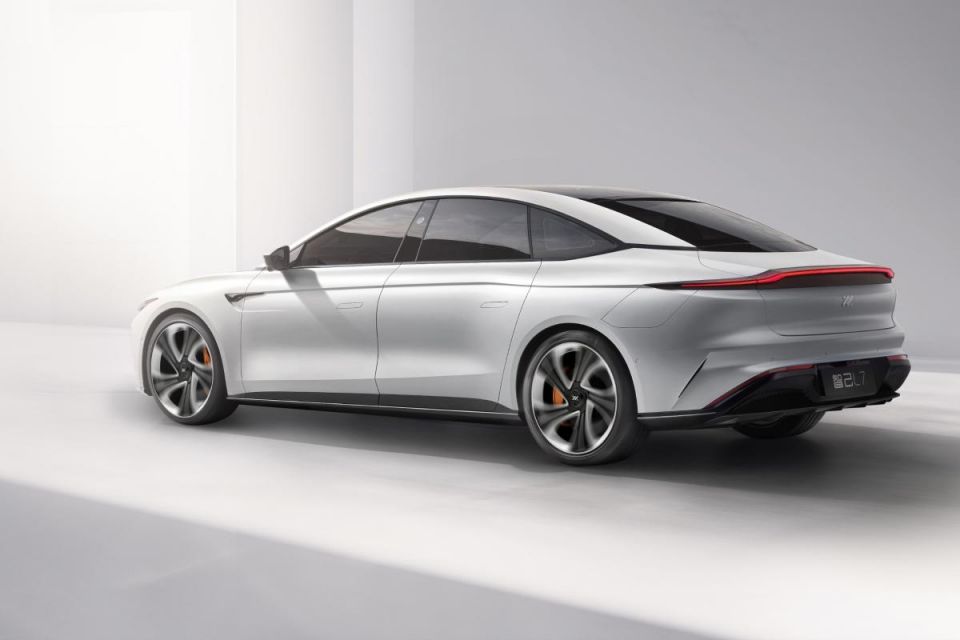
CarExpert got the chance to briefly drive the LS7 and L7 at SAIC Motor’s engineering facility and proving ground outside of Shanghai for a demonstration on how WAE played a key technical role in the chassis tuning of these vehicles.
Both models use the same WAE-tuned chassis, and in a previous joint statement by SAIC Motor, it said:
“After 180 days of meticulous polishing, the Williams Advanced Engineering team officially completed the chassis adjustment and verification of the IM L7 engineering prototype at the Millbrook Proving Ground in the UK.
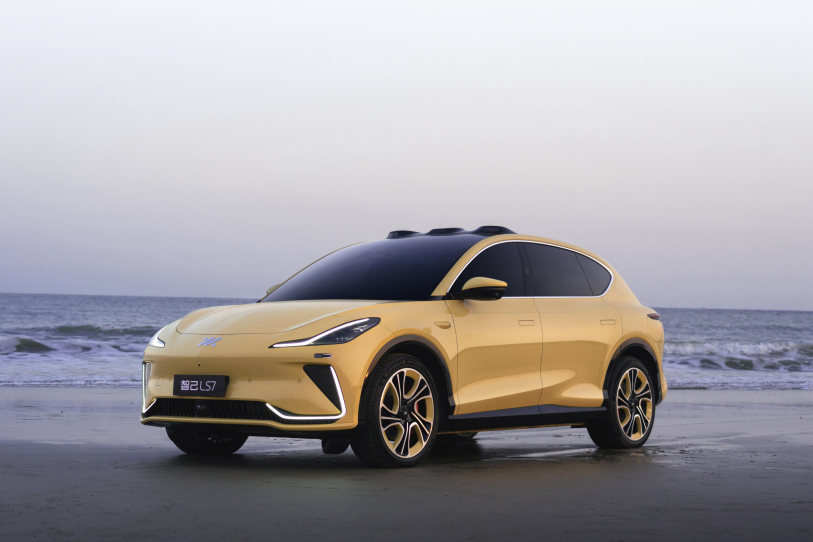
“The IM L7 is equipped with leading chassis hardware such as four-wheel steering technology on the same platform as the Mercedes-Benz S-Class, Pirelli P-Zero high-performance tyres and CDC electronically-controlled shock absorbers with millisecond-level response.”
Interestingly, IM’s flagship L7 will also get a new Track Mode – jointly created by the IM Motorsport team and WAE.
“It performs in-depth calibration and optimisation on multiple performance indicators such vehicle ESC and rear-wheel steering,” the company said in a previous statement.
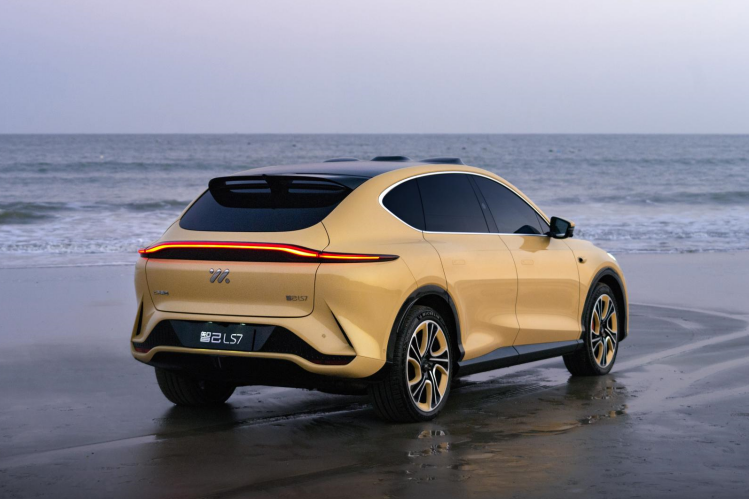
“After the master-level adjustment from WAE, the new track mode will fully stimulate the powerful driving potential of IM L7, and comprehensively improve the vehicle’s performance and cornering limit.”
Both the L7 and LS7 have impressive top-line numbers, with the MG L7 (as it will be known here) using a 97kWh battery with dual electric motors producing total outputs of 425kW of power and 725Nm of torque.
The electric sedan will go from standstill to 100km/h in 3.8 seconds, with a claimed range of 615km, while tipping the scales at 2290kg.
Unusually, it also features a synthesised V8-like noise that’s calibrated with throttle inputs, and includes gear changes – with or without the use of the paddle shifters.
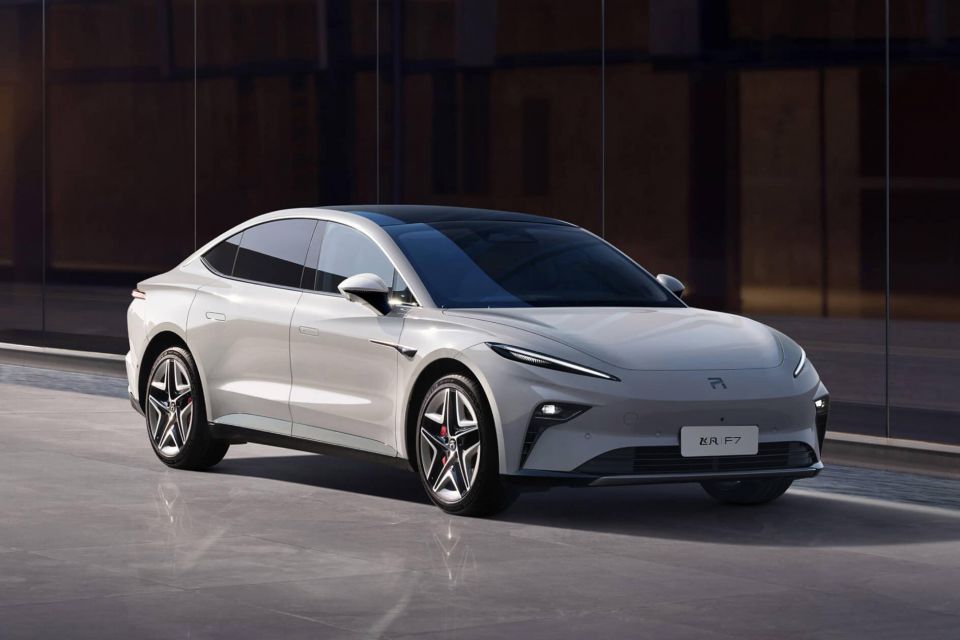
The MG LS7 SUV uses a slightly larger 100kWh battery in the top-spec, all-wheel drive version (there’s also a rear-wheel drive variant), which makes the same outputs as the L7 sedan. However, the 0-100km/h sprint takes 4.5 seconds, and range is a claimed 660km.
Both models feature thoroughly modern styling inside and out and an exhaustive list of luxury features, including full-width high-definition screens (front and rear), a steering yoke and a fully-automated one-touch airline seat.
In addition, there are 12 cameras and LiDAR units that support claims of level 2.5 autonomous driving, and a suite of active safety and driver assist features.
MORE: MG Australia planning high-end push with new electric SUV, sedans
Where expert car reviews meet expert car buying – CarExpert gives you trusted advice, personalised service and real savings on your next new car.
Anthony Crawford is a CarExpert co-founder and senior presenter with 20+years in automotive journalism and content creation.


James Wong
1 Hour Ago
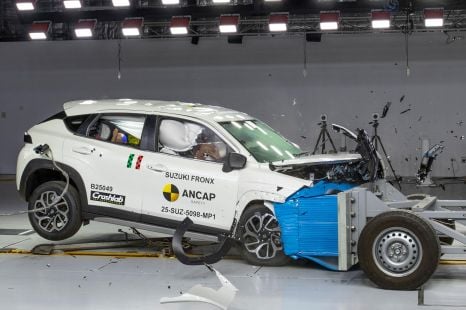

Damion Smy
10 Hours Ago
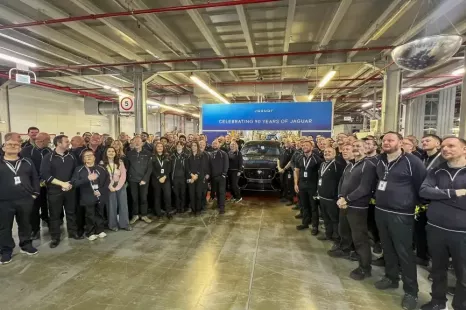

Damion Smy
13 Hours Ago
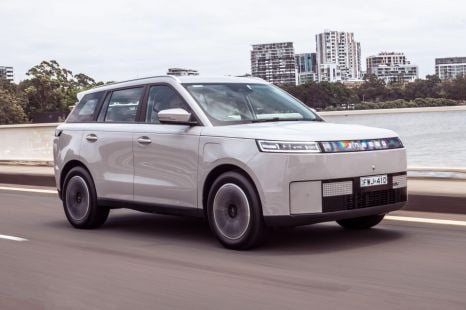

Josh Nevett
15 Hours Ago
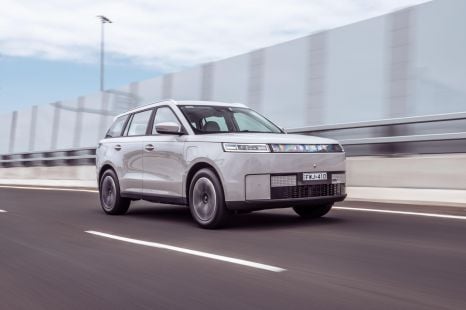

Josh Nevett
15 Hours Ago
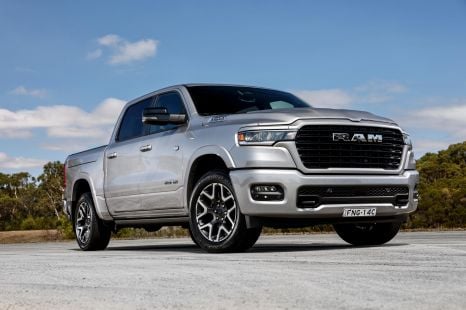

Damion Smy
16 Hours Ago